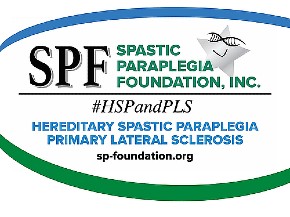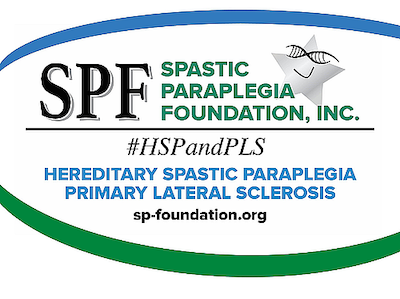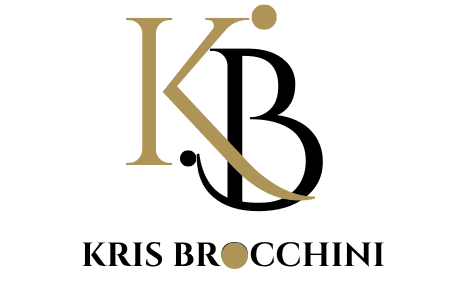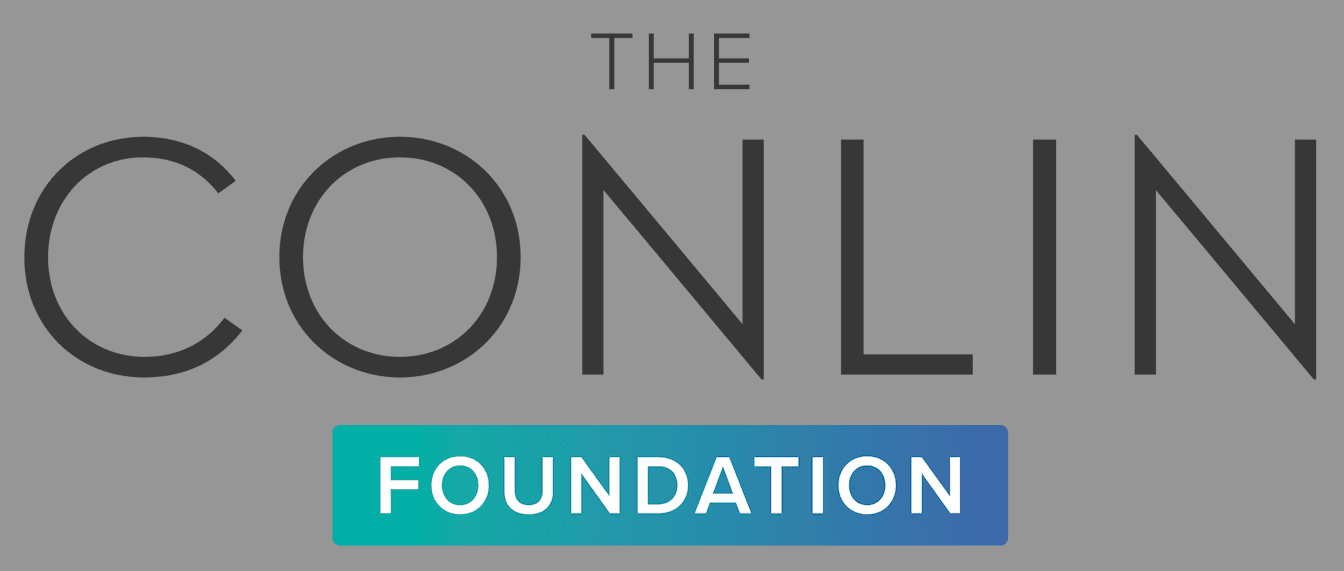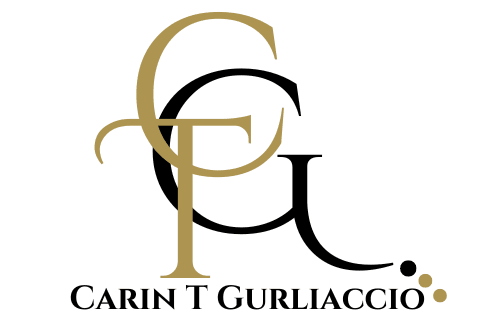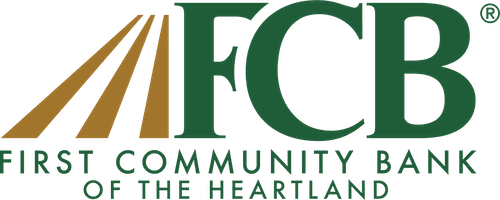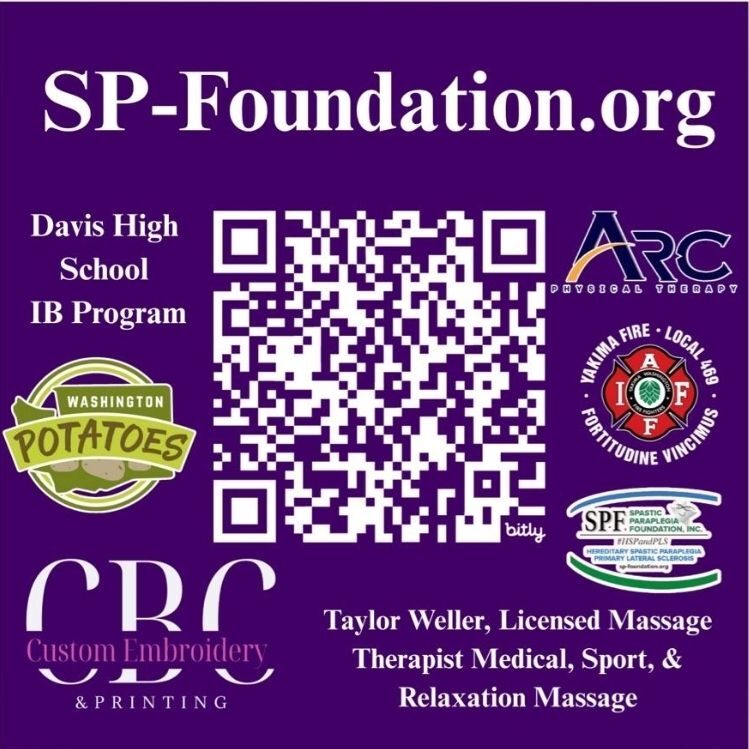Months after its dozen scientists began working in secret on what’s been called “the most clever CRISPR gadget” so far, the latest company hoping to deploy genome-editing to cure diseases came out of stealth mode on Monday.
Beam Therapeutics, which registered as a corporation in Massachusetts in March and has been doing experiments since last year, is debuting as CRISPR companies are pop- ping up like dandelions, but right out of the gate Beam stands out in a crowded field. Its three founders are among the world’s leading CRISPR’ers, Editas Medicine (EDIT) has an equity stake, and in addition to the $13 million it’s raised (from Arch Venture Partners and F-Prime Capital Partners), it has commitments for another $85 million.
The name “Beam”? BE stands for base editing, the CRISPR technology it aims to turn into therapies, said co-founder David Liu of Harvard, who invented base ed- iting in 2016. “Beam” evokes the precision of a laser beam, he said, and co-founder Dr. J. Keith Joung of Massachusetts General Hospital pointed out that the “AM” could mean “and more,” referring to other CRISPR discoveries they hope to harness. The third co-founder is Feng Zhang of the Broad Institute, one of the first scientists to get CRISPR to edit genes in mammalian cells.
“We see base editing as a new wave of therapeutic modalities,” CEO (and Arch part- ner) John Evans told STAT.
BIOTECH
Liu’s base editor neatly changes one nucleotide to another without breaking the dou- ble helix, as the original CRISPR-Cas9 genome-editing system does. Breaking DNA can spark what Harvard biologist George Church called “genome vandalism,” with random nucleotides being haphazardly inserted and deleted as the double helix tries to patch the break, like a carpenter frantically throwing any handy chunk of trash into a hole in a plaster wall.
“We view base editing like a pencil in contrast to CRISPR-Cas9, which is more like a scissors,” Liu told STAT, “For some jobs scissors are the best tool, but for others a pencil is.”
The main “others” are diseases that are caused by a one-letter misspelling in a gene, called a point mutation. He declined to list them — “people will assume that’s what we’re going after” — but they include cystic fibrosis, Tay-Sachs, sickle cell, neurofi- bromatosis, and some cancers. All told, some 33,000 specific point mutations have been linked to inherited diseases, Liu said, raising hopes that CRISPR base editing might one day prevent or treat them.
Liu’s original base editor, essentially an atom rearranger that he calls a “programma- ble molecular machine,” changes a C to a T and then the C’s original partner, a G, to an A. But many other inherited diseases have different misspellings. The improved base editor, unveiled in 2017, changes an A to a G and the T that had been paired with the A into a C that pairs with the new G. The base pair AT thus becomes GC.
Mutations in which a G has changed to an A have been linked to focal epilepsy, Duchenne muscular dystrophy, and Parkinson’s disease.
The CRISPR part includes a molecule that carries the whole atom rearranger to a target on the genome.
Beam will choose which diseases to target based on whether correcting a point mu- tation can reverse or at least ameliorate the condition, and on whether it’s relatively straightforward to reach the target tissue. Since it got up and running last year, Liu said, it has been generating data for about a dozen possible disease programs.
The company also aims to develop therapeutic technologies based on Zhang’s RNA editor, which he reported last year. Called REPAIR (RNA Editing for Program- mable A to I Replacement), it’s a version of CRISPR that uses the Cas13 cutting enzyme, not the original Cas9, and targets not the DNA of the genome but the messenger molecules that carry the genome’s instructions to a cell’s protein-making machinery. REPAIR can make A-to-G changes.
There are some diseases where it will likely be prudent to avoid making a permanent change to the genome, as traditional CRISPR (including base editing) does, Zhang said.
“RNA editing is reversible, and there are some diseases where transient reversal [of a mutation] could be therapeutic, such as regeneration of the liver or increasing bone density,” he said. In the latter, a permanent genetic change to, say, take the brakes off bone formation could cause runaway growth, but dinging RNA (which has a half-life in human cells of about 10 hours) should produce a change that lasts only long enough to be therapeutic. (If CRISPR hangs around the cell for a long time, however — something scientists are trying to determine — it might produce RNA editing that lasts longer than desired.)
Harvard, which filed for a patent on Liu’s original base editor in 2014 and 2016 and on the improved version last October, has granted an exclusive license to Beam to use the invention to develop and commercialize technologies to treat human disease, for an upfront payment of (unspecified) several million dollars. Academic labs that want to use the base editors for nonprofit research don’t have to pay a licensing fee.
Beam also negotiated a sublicense from Editas to use the underlying CRISPR-Cas9 technology (patents that are still the subject of a court battle) for base editing. Editas will be eligible for royalties on any therapies Beam develops using the sublicensed inventions.
A Harvard spokeswoman did not directly answer whether the university had shopped around Liu’s inventions (the patents have not been issued yet), but said, “our practice is to license to the party or parties most committed and most capable of developing
a technology to its fullest potential. The decision to license this platform to Beam entailed a thorough analysis, as we sought a partner with a dedicated focus, the right scientific/technical expertise, and sufficient capital. ... We do believe that in the field of human therapeutics, where R&D takes an immense investment of resources, a de- gree of exclusivity is necessary to make it feasible to bring new therapies to the clinic.”
Why start a new company rather than getting Editas, of which Liu, Zhang, and Joung are co-founders, to plunge into base editing? “What’s clear from the size of this round is that base editing is a new modality and will require a fair amount of independent funding,” Evans said.
“We continue to have a great relationship with Editas,” Liu said, “but this arrangement has the best chance to benefit patients and to maximize societal benefits.”
Beam’s agreement with Harvard lets other companies propose using base editing to treat a disease, Harvard said in a statement, if Beam passes on it. And Beam has to hit certain development milestones to retain exclusive rights to the technology; Harvard said the specifics are confidential.
Liu also founded Ensemble Therapeutics, in 2004, which raised nearly $40 million from Flagship and Arch, among others. Despite entering into partnerships with Novartis and Alexion, among other pharmaceutical companies, it closed last August without commercializing a drug.
